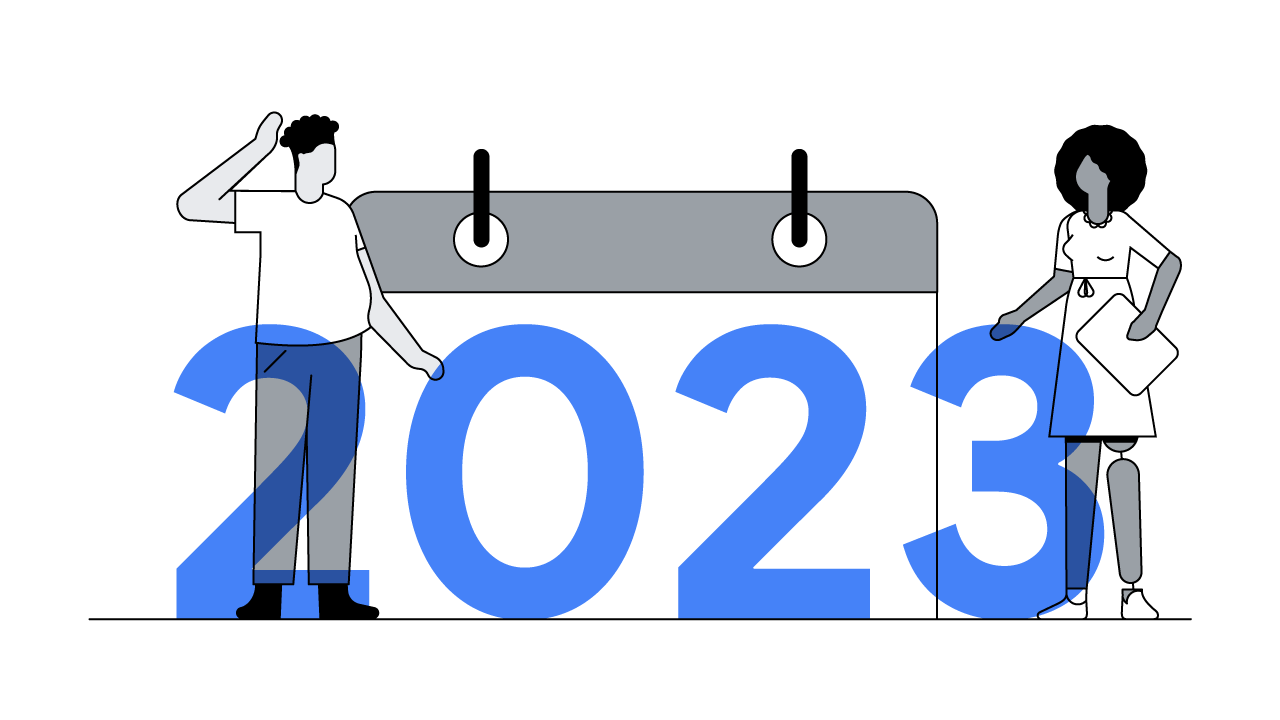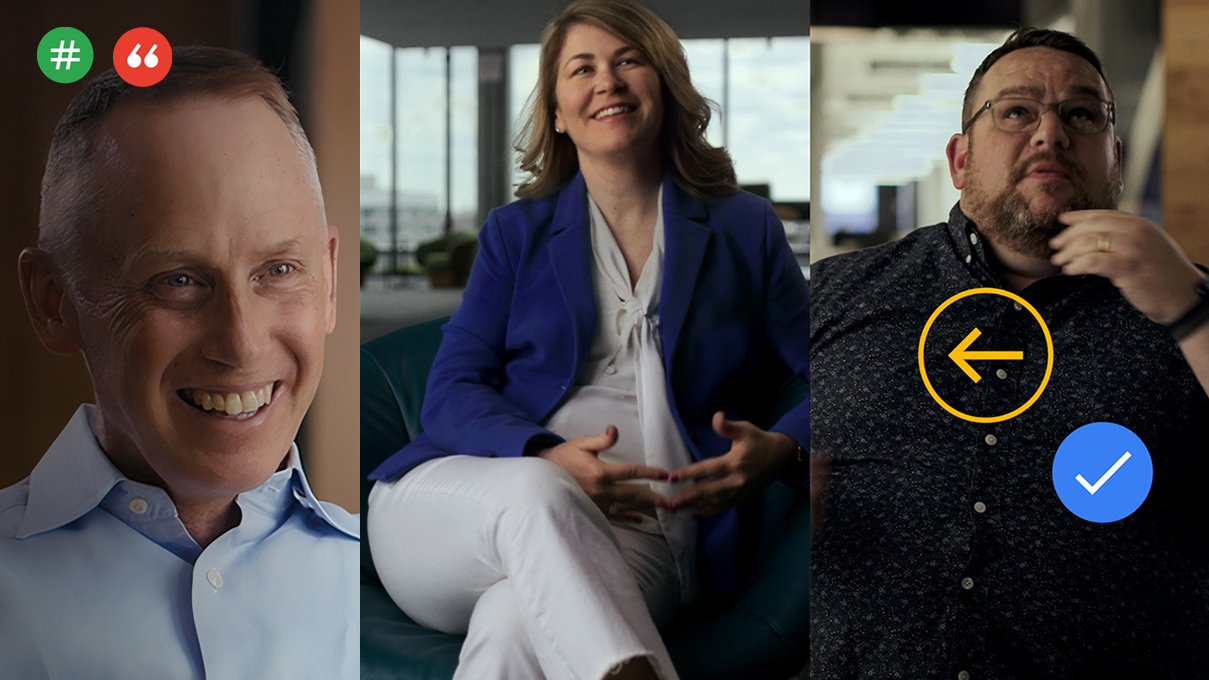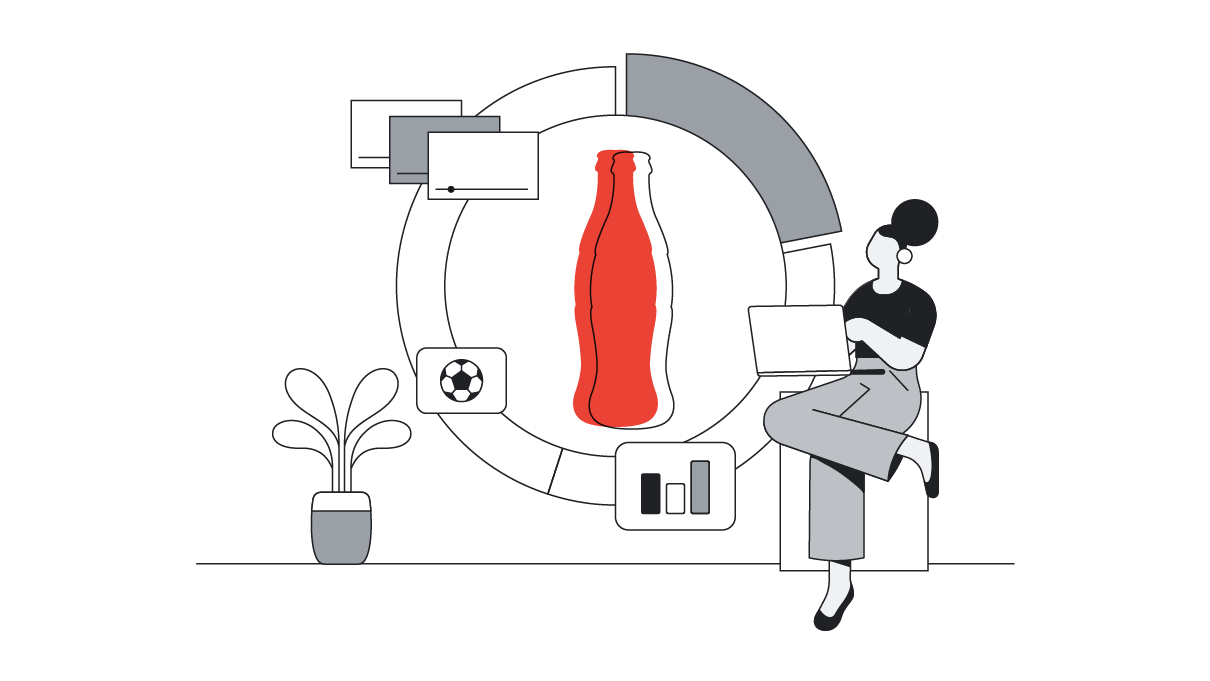Katie Couric is an award-winning journalist. At Google Marketing Live, she spoke to James Park, VP, general manager, and co-founder of Fitbit, about his journey in health and fitness tracking and what’s next for the game-changing sector.
Since its founding over 15 years ago, Fitbit has stayed relevant by focusing intensely on the needs of its core users while expanding beyond its roots in fitness tracking. For instance, its VP, general manager, and co-founder James Park sees a big opportunity in early detection of serious health conditions, such as diabetes and high blood pressure.
I had the opportunity to interview Park about his journey as a startup founder, the marketing strategies that have powered Fitbit’s dramatic growth trajectory, and how its products have evolved to better serve its 30 million active users with new, potentially lifesaving features.

When you were young, your parents owned many different businesses. What values did you absorb from watching them work so hard and pivot so many times?
Yes, they had a wig shop, an ice cream parlour, a fish market and a dry cleaner. Later in life, I appreciated the resilience that must have taken. Not all of their businesses were successful, but they never exposed me to the negative aspect of that. They just seemed to magically move from one opportunity to another in a really seamless way. It was pretty amazing.
What was your first startup, and what lessons did you draw from it?
My first startup was at the height of the dot-com boom, which, in retrospect, was a pretty bad time to found a company. We were trying to automate a lot of back-end processes for companies. I was 21 or 22 at the time, and I was a terrible manager.
One of the main lessons was that we pivoted way too much. I had shiny object syndrome.
One of the main lessons was that we pivoted way too much. I had, as a CEO, shiny object syndrome. And so, with the second startup, I made a vow that we would stick to something for some period of time and just see it through, even if there are bumps along the way.
What was the origin of your idea for Fitbit? I believe that there was another revolutionary craze that made you think, ‘Maybe I could do something with this.’
It was late 2006, and I still had some time to play video games. And I was super excited by the Nintendo Wii. It transformed the way people thought about gaming and made gaming into something that was super active and positive for the whole family. I thought, how do we capture that magic — the magic of the Nintendo Wii and Wii Fit together — in a form factor that was with people all the time, as opposed to just in their living room?
Let’s talk about the role of community. Many people who are on a health and fitness journey need support. How did you enable Fitbit users to share their fitness experiences, and how did that contribute to your success?
It was critical. We didn't have a lot of money for Fitbit’s marketing strategy, and we felt that the only way we could get traction was by harnessing the power of community. We thought that if we created some competitive or social element to the experience, people would want to compete with their friends and harness this competitive element to become healthier.
We didn’t know if people would be comfortable sharing their fitness stats, but it became a core element of what we do.
We didn’t know if people would be comfortable sharing their fitness stats, but it became a core element of what we do. That decision powered the growth of the company for the first few years.
A lot of companies are getting into wearable tech and fitness. How have you been able to evolve as a brand and remain competitive?
For us it has always been a focus on our core user. We’ve never lost sight of that fact, even though we could have gone after a lot of different user groups. The main people that we were helping never really changed from the very beginning. The core Fitbit user isn’t very fit at the beginning of their journey. Our reason for being is to help those people take that first step on their health and fitness journey. We never really lost that focus.
In terms of staying relevant, there’s only so much that the Fitbit brand can do on its own. So we’ve invested a lot into partnerships that have helped us reach different user demographics. One of our big, early partnerships was with Tory Burch. With wearables, it’s not just about utility. There’s clearly a fashion element to it. But we are not a fashion brand, we’re a health brand. So we needed partners to supplement and complement us in that aspect.
You all are doing important and exciting work in detecting serious health conditions. How are you evolving wearable technology in potentially lifesaving ways?
When I look back, it’s amazing. We started off with a device that counted steps. And now there are sensors on not only Fitbits but a lot of other devices in the category that can detect serious health conditions. For instance, we developed a technology that shines multiple wavelengths of light into your skin. By analysing the patterns, we can detect whether you have serious heart conditions [including atrial fibrillation]. All you need to do is set up your Fitbit, and it’s automatically protecting you by default. Already, 2 million people over the age of 65 have activated this feature.
Now there are sensors that can detect serious health conditions — moving from a nice-to-have product and service to a must-have.
This is the first step for us in moving from a nice-to-have product and service to a must-have. This whole category is moving to one where it’s analogous to a seat belt or air bag. I can imagine a future that’s not too far away where if you forget your Fitbit or another product at home, you go back and put it on.
How has the pandemic changed your mission and your business model?
With Fitbit and other remote monitoring technology, you can have very comprehensive and nuanced discussions with your doctor about every aspect of your health. Previously, they were just able to analyse your health through a keyhole. And now it’s a deluge of information, which brings its own challenges. But I’d rather have that problem to solve than the prior one.
We’ve worked with over 100 health plans and health insurance companies around the world to make sure that Fitbits are included as free benefits. Another initiative involves overcoming the disparity in health research for different groups. We are donating a lot of products and services to researchers who are trying to understand the differences in health outcomes among different racial groups.







